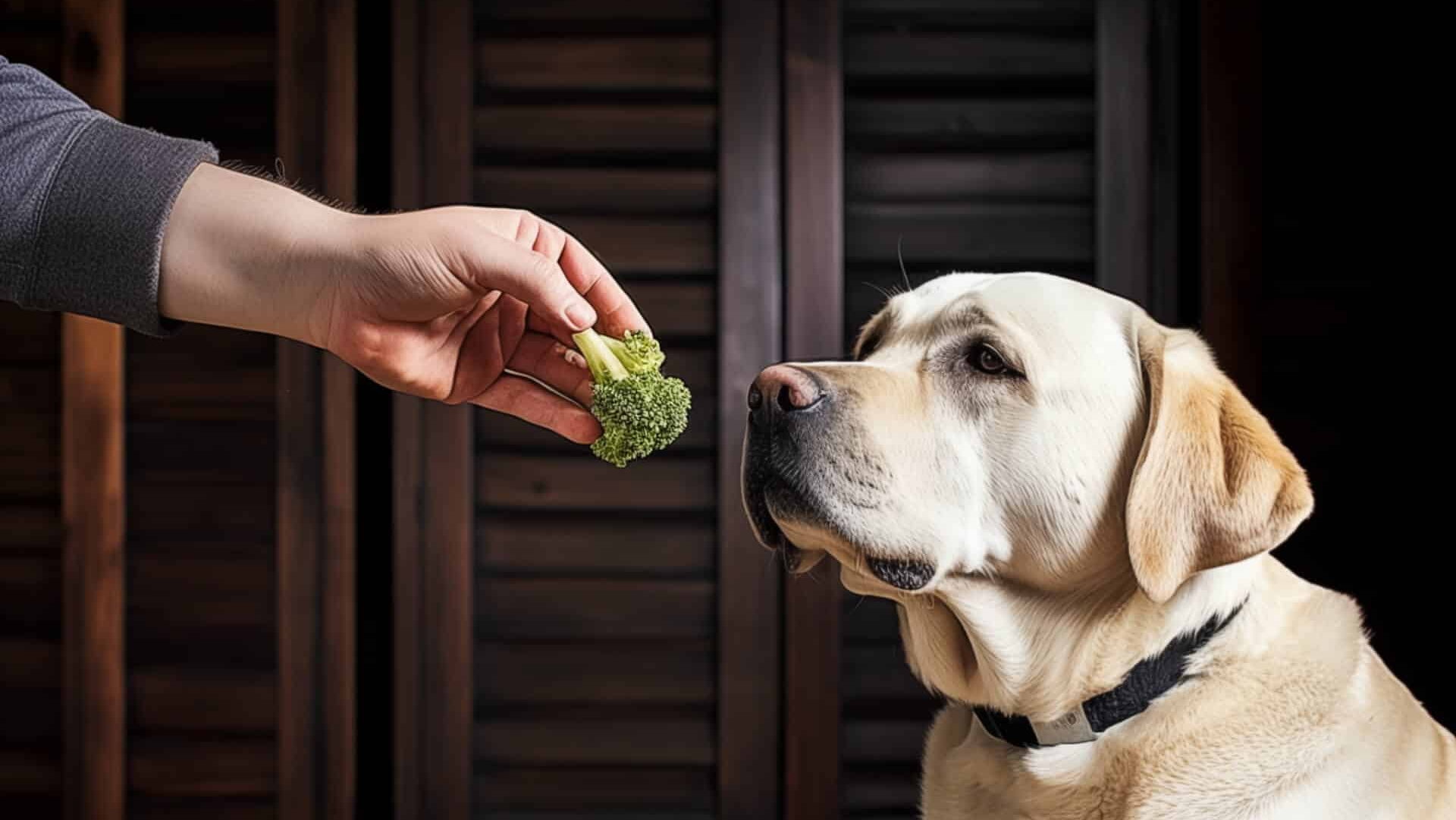New Year, New Tail
As we welcome the New Year, it’s the perfect time to think about resolutions, not just for ourselves but for our beloved pets, too. One common goal for pet parents is to ensure their pets maintain a healthy weight, and that’s exactly what we’ll be talking about today!
🌟 Recognizing the Epidemic 🌟 
Let’s kick off the year by tackling the obesity epidemic in our furry friends. It’s a startling fact that excessive weight gain has become the most common preventable disease in dogs and cats throughout the United States. In 2020, 56% of dogs in the U.S. were overweight or obese, surpassing those at an appropriate weight. For our feline friends, almost 50% are affected by obesity.
Why does this matter? Well, overweight pets face an increased risk of various health issues, including diabetes, joint problems, cardiovascular disease, and even cancer. It’s a harsh truth, but overweight pets tend to have shorter lifespans than their healthy counterparts.
💡 Finding the Ideal Body Weight 💡
Before we jump into the fun stuff, like treats and exercises, we need to determine the ideal body weight for your pet. At Pet Health, we use a Body Condition Score (BCS) system, ranging from 1 (emaciated) to 9 (obese), with 5 being the sweet spot for most breeds. This is performed at every Lifetime and Focused Care visit to determine if your pet is overweight, establish goals, and monitor progress for your pet’s weight loss journey.
🍽️ Step 1: Count Calories and Portion Control 🍽 ️
️
Now that we’ve set our goal, it’s time to focus on what your pet consumes. At Pet Health, we often start with calculating the energy requirements for your pet. This is essentially a starting point for the number of calories we will want your pet to consume each day. We can use this number, along with the calories per cup of your pet’s current food, to determine if their current diet can be safely reduced.
For those free-feeding your pets, it’s time to switch to scheduled meal times and get out a measuring cup. Cats can be a bit more challenging, and we often recommend using automatic cat feeders to avoid those pesky “I’m hungry” wake-up calls at 3 AM and 3 PM.
🍬 Step 2: Healthy Treats 🍬
Who said treats can’t be a part of a weight loss plan? Although treats should make up no more than 10% of your pet’s daily calories, there are plenty of healthy options that are both tasty and low in calories! Specifically, miniature marshmallows, raw bananas, applesauce, and boiled vegetables are great choices!
Remember the calorie content when giving treats, as it’s crucial for your pet’s weight loss journey. Miniature marshmallows have approximately 3.5 calories per gram, while boiled vegetables have about 0.5 calories per gram. Fruits like apples with skin, blueberries, and raspberries are also fantastic low-calorie options.
🏋️ Step 3: Fun and Energetic Exercises 🏋 ️
️
Let’s get the party started! Exercise is not just for us; it’s also essential for our furry companions. For dogs, low-impact activities like short leash walks, tag at the dog park, or playing fetch are fantastic ways to kickstart their weight loss journey.
For cats, interactive playtime with toys, climbing on cat trees, and puzzle feeders can make losing weight feel like a fun game. Rotate their toys regularly to keep them engaged and interested in playtime.
🥦 Step 4: Prescription Weight Loss Diets 🥦
If portion control, healthy treats, and exercises aren’t enough to shed those extra pounds, don’t worry; we’ve got you covered! Your Pet Health veterinarian will most likely recommend a prescription weight loss diet. These diets offer a nutritionally balanced and safe option to help your pet lose weight while keeping them feeling full and satisfied.
It’s important to remember that every pet is unique, and sometimes, it takes trying multiple prescription diets to see results.
📊 Step 5: Measure Progress 📊
Last but not least, monitoring your pet’s progress is crucial. At Pet Health, we recommend regular weight checks every four weeks to see how your pet is doing. The goal is often to lose 1-2% of body weight weekly.
🐶New Year, New Tail! 🐱
As we embark on this journey to help our furry companions shed those extra pounds, remember that it’s all about making small, positive changes. With the proper guidance, determination, and lots of love, your pet can have a healthier, happier year ahead. Let’s make 2024 the year our pets’ tails wag a little brighter!



 ️
️
 ️
️

